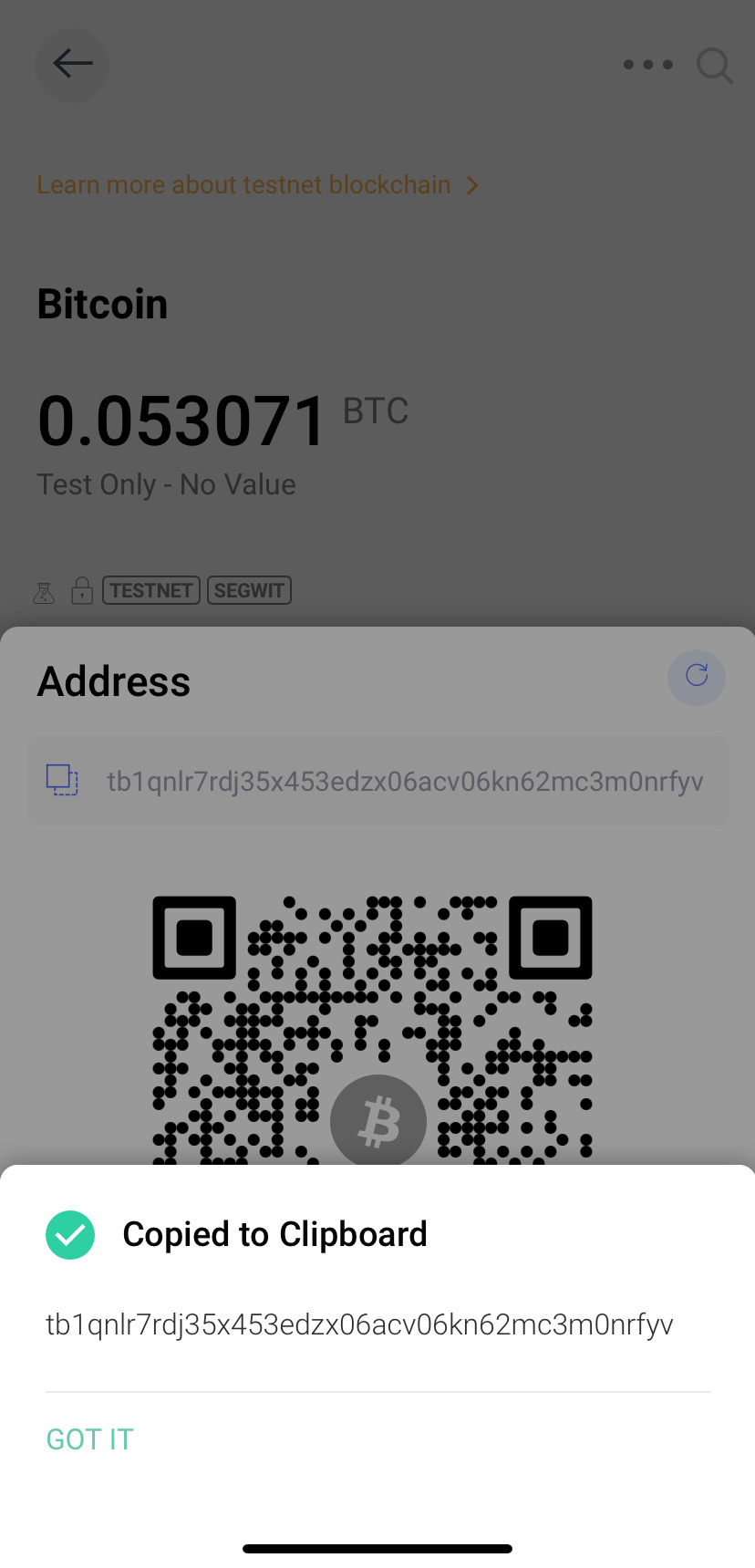Crypto Sundays is a free Sunday newsletter. If you love it, consider sharing it or leaving a comment below. Thanks for reading 🙂
🧶 Crypto’s Play-Doh: Testnets
A recurring issue that I’ve seen with resources on crypto is that they focus too much on “how it works” and not enough on “how to use it”.
That creates a problem. Anyone new to crypto would love to try it out without spending actual money.
The low-stakes solution is to buy $20 worth of crypto on an exchange and let it sit until you’re ready for the next step. There’s no “3-month free trial” to help you decide if crypto’s for you.
With this post, I want to offer you a free trial. I’ll talk about testnets, a no-strings-attached solution for spending “dummy” cryptocurrency.
🎲 What do testnets and Monopoly have in common?
A testnet is a testing network where you can spend cryptocurrency that is worthless in value.
Think of it as a simulation of a real crypto ecosystem, complete with its own blockchain, miners, and wallets. (Not sure what those last words mean? Check out my post on the basics of Bitcoin.)
From a technical point of view, everything is the same. The only difference is that “mining” testnet coins, i.e. minting new coins, is much easier.
It’s as if I told you that you could find gold anywhere you’re standing if you dig for about 10 seconds. That ease of mining makes testnet coins worthless as a currency.
In a way, testnet coins are similar to Monopoly banknotes. They’re worthless, which means you can’t spend them on something that’s actually valuable. And yet, they’ll teach you the same principles that apply to real money.
With testnet coins, you can play around with crypto wallets and send dummy crypto to different accounts.
Protocols like Bitcoin and Ethereum have their own testnets. In this post, I’ll focus on Bitcoin’s testnet. Now, let’s talk about how you can start playing around.
👣 Getting Dummy Bitcoin in 3 Steps
I’m going to outline a quick way of acquiring testnet coins and sending them to another account. That captures the gist of any transaction you’d want to make.
Step 1: Get a testnet wallet
Our first step is to get a wallet that works with testnets, so you have an address to send and receive coins from.
There are many options for such a wallet. I chose BitPay (https://bitpay.com/wallet/) because it had a mobile app and was easy to use.
To get a testnet wallet on BitPay, I downloaded its app, opened an account, and then created a new wallet, where I checked off “Testnet” under advanced options.1
Here’s a walkthrough on the mobile app:
Once you’re done, you should have a wallet with an empty balance to access your testnet coins.
Step 2: Add coins to your wallet
The next step is to get testnet coins.
Since these coins are worthless, special websites called faucets dole them out in small denominations for free, as a gesture of goodwill.
Again, you can choose from different faucets to receive testnet coins. I went with https://coinfaucet.eu/en/btc-testnet/, which gives ~0.02 BTC (~$840 as of writing).
To get coins from a faucet website, first, copy your wallet address.
Then, paste the wallet address into the faucet’s website and click “Get Bitcoins”

That’s it! You should see a confirmation message, and the coins should appear in your wallet in about 10-15 mins.
Step 3: Send coins to a different wallet
For the last step, try sending your dummy Bitcoins to another testnet wallet.
The process is simple:
Make a second testnet wallet
Copy its address
Send some coins from the first wallet to the second one.
I experimented with this step on BitPay, where I sent about $100 worth of BTC from one wallet to another. I paid $0.06 in fees.
In about 10 mins, I received the $100 on my second wallet.
Because these transactions take place on an actual blockchain, I can confirm them on different blockchain explorers.
Remember that this was all fake currency, so I didn’t actually pay or lose anything.
📜 The Testnet TL;DR
I wrote about getting and sending dummy Bitcoins, but the process can be generalized to any currency that has a testnet:
Step #1: Create a testnet wallet
Step #2: Get some coins from a faucet
Step #3: Make a transaction
As an example, for Ethereum, the process could look something like this:
Step #1: Open a new MetaMask wallet and switch to the “Ropsten” Ethereum testnet
Step #2: Get some Ether from aRopsten faucet
Step #3: Send Ether to another testnet wallet
From the outset, all this might seem pointless.
Why are we making new accounts to send fake money?
For someone new, though, a testnet gives you the leap of faith necessary to jump into crypto. When you see transactions processing in real-time, you’ll feel more confident about buying and spending real crypto.
Plus, for what it’s worth, owning a cryptocurrency that only you know is fake can be quite the flex in front of the right audience. 🙃








